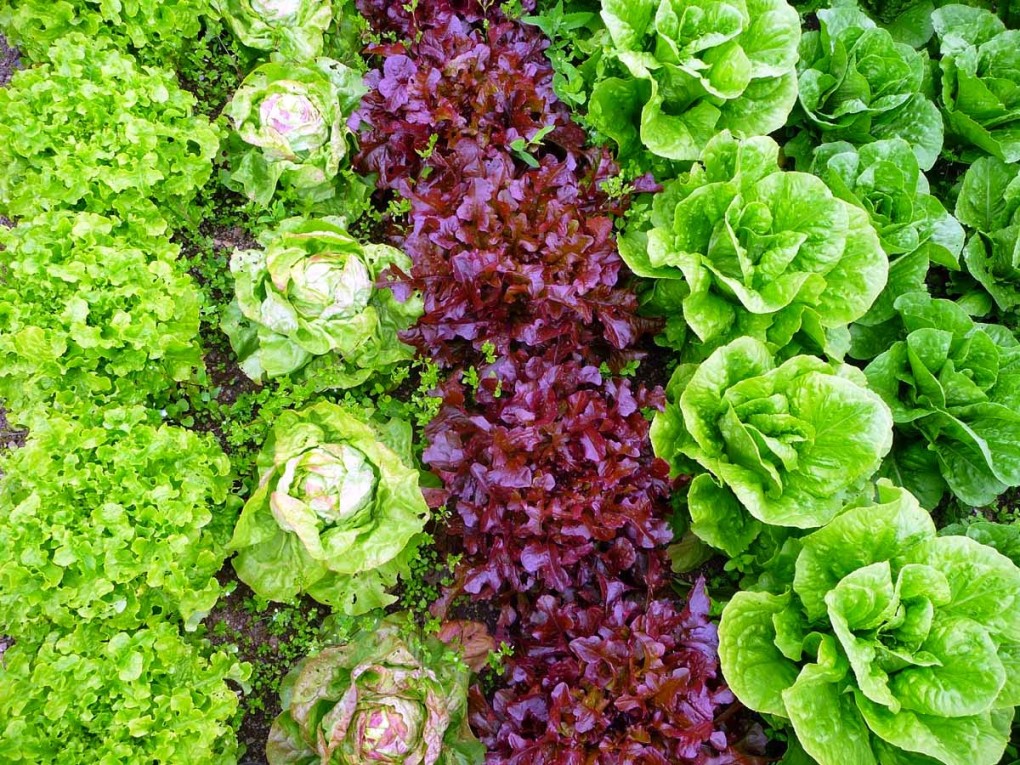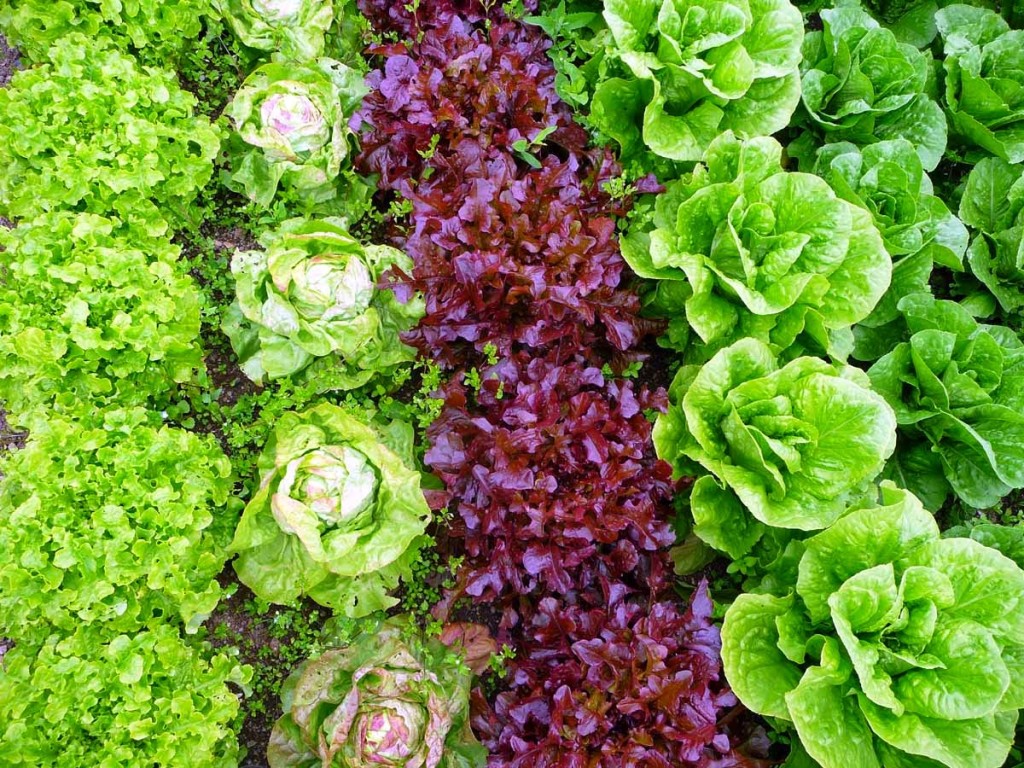Plant communities produce greater yield than monocultures
Diverse plant communities are more successful and enable higher crop yields than pure monocultures, a European research team headed by ecologists from the University of Zurich has discovered. The scientists are convinced that the cultivation of crop mixtures in agriculture and forestry will play a key role in food safety in the future.
Although monocultures can be cultivated efficiently, they are anything but sustainable: environmental damage to soil and water caused by monoculture cultivation is becoming increasingly evident. Despite their disadvantages, however, monocultures remain the principal crop form and are regarded as the sole possibility of achieving higher yields in plant production – quite wrongfully, finds Bernhard Schmid, an ecology professor at the University of Zurich, who advocates a novel form of agriculture and forestry. After all, a new study carried out by PhD student Debra Zuppinger Dingley reveals that in grassland plants the yields of diverse plant communities are larger than those of monocultures.
Widget not in any sidebars
Schmid sees “an opportunity for the future of nutrition for humankind in the untapped potential of biodiversity” – a promising prospect as the OECD and the United Nations’ Food and Agriculture Organization (FAO) are giving off worrying signals: Both organizations predict that agricultural productivity will rise less steeply in future than has been the case thus far. With a global population that is also on the increase, this would signify a decline in food safety.
Diverse plant communities use resources more effectively
In a 10-year study, a team of researchers from Switzerland, Germany and the Netherlands headed by Schmid examined the yields from grassland plants which they had cultivated in monocultures or mixed plant communities. Surprisingly, the latter proved to be more productive than the monocultures. “Due to their diversity, plant species in communities occupy all the niches available in an ecosystem. This enables them to use soil nutrients, light and water far more effectively than monocultures, which ultimately leads to greater yields,” explains Dan Flynn, a postdoc in Schmid’s group.
 Another advantage: There is less pressure from parasites on plants in diverse communities than on those in monocultures. In other words, a parasite can spread less effectively as it is unable to find its special host plant as easily in a biodiverse plant world. The different plant species thus act as protective shields for each other. This mutual protection within the group enables individual plants to invest the resources available into growth and the production of offspring instead of pest control. “Diversity offers protection against pests and is a prerequisite for higher yields in plant communities,” says Schmid.
Another advantage: There is less pressure from parasites on plants in diverse communities than on those in monocultures. In other words, a parasite can spread less effectively as it is unable to find its special host plant as easily in a biodiverse plant world. The different plant species thus act as protective shields for each other. This mutual protection within the group enables individual plants to invest the resources available into growth and the production of offspring instead of pest control. “Diversity offers protection against pests and is a prerequisite for higher yields in plant communities,” says Schmid.
Plant species evolve with each other
Moreover, the researchers discovered that species adapt to their plant communities in the time of a few generations. This so-called short-term evolution leads to a continued increase of crop yield in mixtures – a possibility that, according to Schmid, was unexpected in both basic research and plant cultivation. In this adaptation process, the various species specialize in their strengths and thus improve the complementary utilization of resources throughout the plant community by a process called character displacement. Grasses, for instance, develop thicker leaves, which are able to utilize the direct sunlight in the upper layer of a meadow while clover species sprout larger but thinner leaves to absorb the weaker light close to the ground more effectively.
Paving the way for sustainable agriculture and forestry
Today, biodiversity is primarily associated with pure conservation, the preservation of species and genetic diversity. “The research results reveal that diversity enables the functionality of the ecosystems to be stabilized at a high level in the course of time and in different environments,” concludes Schmid. He is convinced that the results published in the science journal Nature, coupled with the findings from his earlier research projects, can trigger a paradigm shift in agriculture in the long run. After all, the positive effects of mixed crops are not just evident in plant communities like meadows and forests, but also in the mixed cultivation of different varieties or genotypes of a single crop such as wheat.
“Plant breeding and cultivation methods should therefore be geared towards mixtures instead of improving the output of monocultures,” says the ecologist from UZH. The fact that more sustainable farming will also be promoted in the process because mixtures require less pest control and utilize fertilizers more effectively is a welcome bonus.
Literature:
- Debra Zuppinger-Dingley, Bernhard Schmid, Jana S. Petermann, Varuna Yadav, Gerlinde B. De Deyn. Dan F. B. Flynn, Selection for niche differentiation in plant communities increases biodiversity effects. Nature. doi: 10.1038/nature13869
- Simon L. Zeller, Olena Kalinina, Dan F. B. Flynn, Bernhard Schmid, Mixtures of genetically modified wheat lines outperform monocultures. Ecological Applications, 22(6), 2012, pp. 1817–1826




